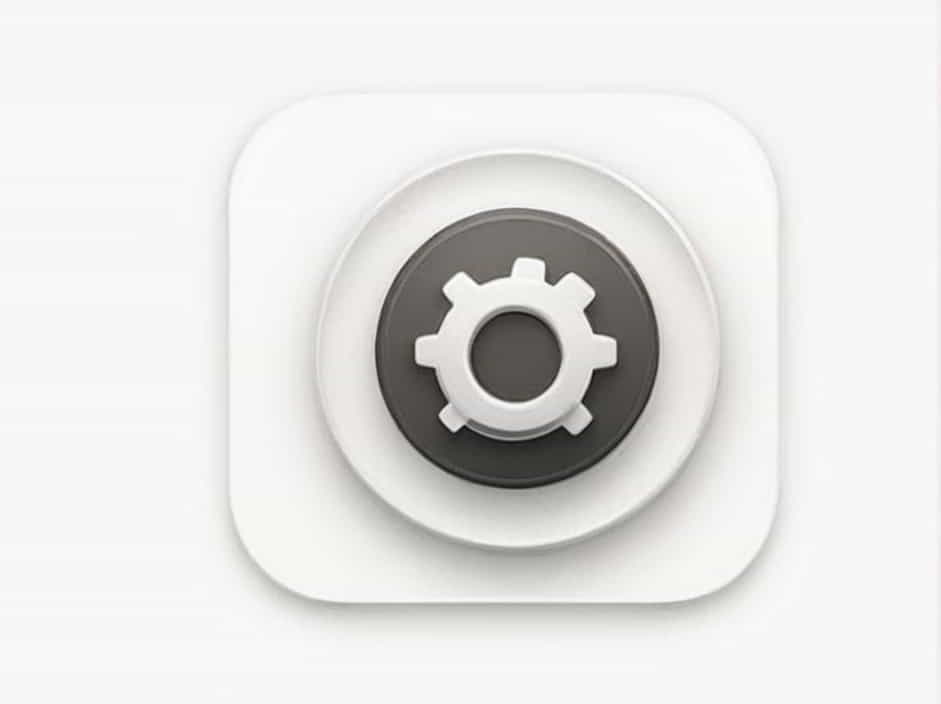In the world of innovation and design, early versions of a product or concept often come with rough edges and imperfections. The phrase “Please excuse the crudity of this model” is commonly used to acknowledge that a prototype is not perfect but serves as a functional representation of an idea. Whether in engineering, technology, architecture, or even storytelling, rough drafts and prototypes are crucial to the creative process.
This topic explores the importance of imperfect models, why they are necessary, and how they contribute to refinement and innovation.
What Does “Please Excuse the Crudity of This Model” Mean?
This phrase is often used when presenting a rough or unfinished prototype. It implies that while the model may not be polished or visually appealing, it successfully demonstrates the core idea or function it represents.
Where Is This Phrase Commonly Used?
- Engineering and product design – When presenting an early-stage prototype.
- Software development – When testing an initial version of an application or system.
- Art and design – When showing a sketch or concept draft.
- Film and storytelling – When presenting an early script or storyboard.
The Importance of Imperfect Models
1. Prototypes Help Visualize Ideas
Creating an initial model helps bring ideas to life. Even if the prototype is crude, it serves as a tangible representation of a concept, allowing for discussion, critique, and improvement.
2. Imperfect Models Allow for Testing and Feedback
An early version of a product allows for testing before the final version is made. This helps identify flaws, gather feedback, and make necessary improvements.
3. Saves Time and Resources
Rather than investing heavily in a final version that may have unforeseen issues, starting with a rough model allows creators to refine their work before committing significant resources.
4. Encourages Creativity and Iteration
Perfection is rarely achieved on the first attempt. The process of refining a rough model encourages creativity and iterative improvements.
Examples of Imperfect Models in Different Fields
1. Engineering and Technology
- 3D printing prototypes – Engineers create rough 3D models to test functionality before refining the design.
- Software beta versions – Early software versions often contain bugs but allow developers to gather user feedback.
2. Film and Storytelling
- Storyboarding – Filmmakers use rough sketches to map out scenes before filming.
- Draft scripts – Writers create initial drafts that undergo revisions before becoming a final screenplay.
3. Architecture and Construction
- Concept sketches – Architects often start with hand-drawn sketches before creating detailed blueprints.
- Scale models – Physical or digital models help visualize structures before construction begins.
The Evolution of a Crude Model to a Final Product
1. Brainstorming and Conceptualization
Every great innovation starts with an idea. The first step is often a rough sketch, wireframe, or simple representation of the concept.
2. Building the First Prototype
The initial model is created with basic materials or code. At this stage, functionality matters more than aesthetics.
3. Testing and Gathering Feedback
Early versions are tested to identify strengths and weaknesses. Constructive criticism helps refine the model.
4. Refinement and Iteration
Through multiple iterations, the model is improved based on feedback and testing results.
5. Final Product Development
Once the design is optimized, the final version is produced and polished for presentation or mass production.
Why Imperfection Should Be Embraced
1. Mistakes Lead to Innovation
Some of the greatest inventions in history resulted from imperfect prototypes. Mistakes often lead to new discoveries and improvements.
2. Encourages Experimentation
By allowing imperfection in early stages, creators feel more comfortable experimenting with different approaches.
3. Reduces Fear of Failure
If perfection is the goal from the start, fear of failure can hinder progress. Embracing rough models helps overcome this barrier.
Famous Examples of Imperfect Prototypes Leading to Success
1. The Wright Brothers’ Airplane
The first airplanes were crude and barely functional, but through continuous testing, the Wright brothers achieved powered flight.
2. The First Apple Computer
Apple’s early computers were simple and lacked advanced features, but they laid the foundation for future innovations.
3. Early Film Special Effects
Filmmakers initially used rough practical effects before advancing to modern CGI technology.
The phrase “Please excuse the crudity of this model” is a reminder that imperfection is a natural part of the creative process. Rough prototypes and early versions may not be polished, but they are essential steps toward innovation and improvement. Whether in technology, design, or storytelling, embracing the imperfect allows for creativity, testing, and progress, leading to remarkable final products.
